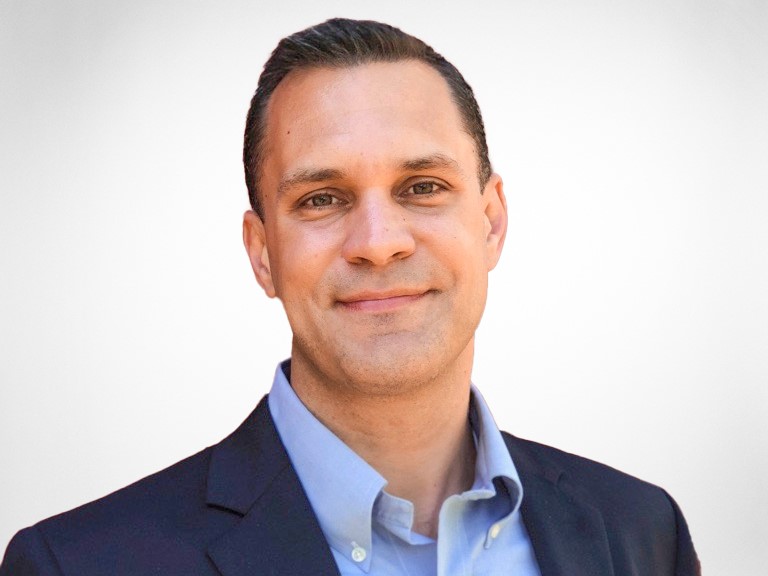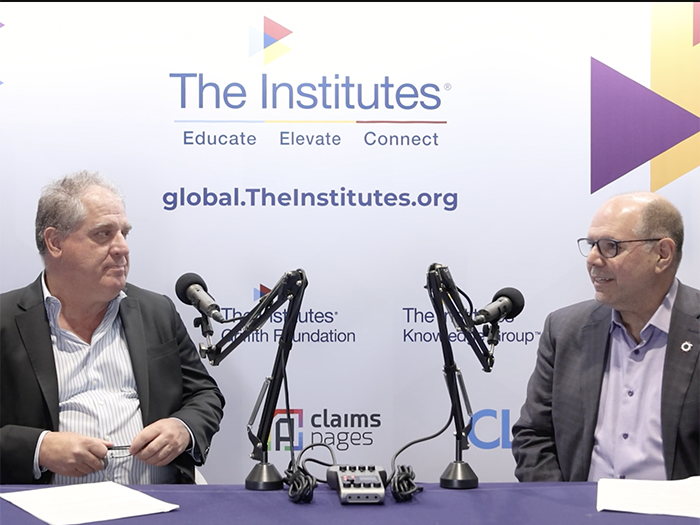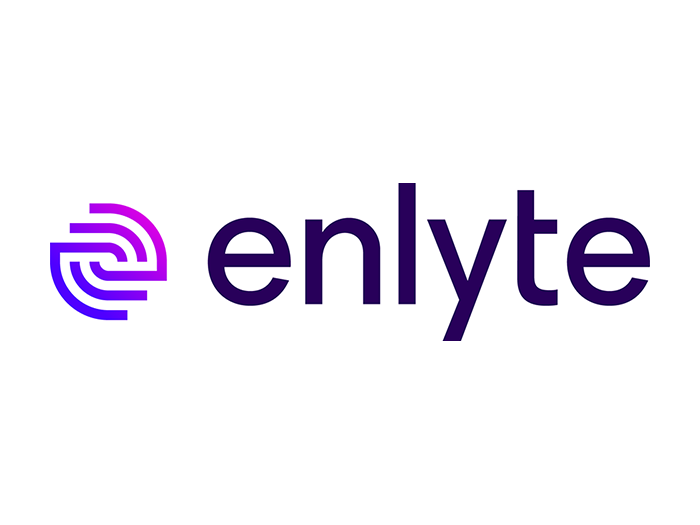Financial Wellbeing a Growing Priority as Employers Reshape Retirement Benefits

Nearly half (47%) of U.S. employers report that financial wellbeing has increased in importance in 2025, making it the second-highest priority after emotional wellbeing of employees, according to a Gallagher report on retirement benefits and financial coverages.
The shift toward prioritizing financial wellbeing reflects mounting economic pressures on employees. With 88% of workers recognizing a direct connection between financial stress and mental health, employers are expanding beyond traditional retirement plans to offer comprehensive financial support throughout the employee lifecycle, the report said.
Organizations are implementing multiple strategies to address these concerns. Currently, 93% of employers offer at least one financial wellbeing initiative, up from 91% the previous year. These initiatives include will preparation and estate planning services (54%), one-on-one financial coaching sessions (51%), and financial planning or wealth management services (51%).
The implementation of SECURE 2.0 is reshaping retirement plan design, according to Gallagher. Starting in 2025, new 401(k) and 403(b) plans must automatically enroll eligible employees at contribution rates between 3% and 10%, with annual increases up to 15%. Currently, 56% of plans use auto-enrollment, with 32% incorporating auto-escalation features to boost retirement savings.
“These days, being ready for retirement and having financial wellbeing are pretty much the same thing,” notes Tonya Manning, National Practice Leader for Retirement – Defined Benefit at Gallagher. “Employers are noticing the financial health aspects and added flexibility that defined contribution plans offer.”
Retention Challenges Drive Strategic Changes
Financial instability directly impacts retention, with 65% of employers experiencing turnover rates of 10% or higher in 2024, the report noted.
“When employees don’t feel they’re in a stable financial position in their current job, they’re much more likely to consider jumping ship for a higher paycheck,” said Molly Beer, National Practice Leader for Retirement – Defined Contribution at Gallagher.
Despite the potential benefits, adoption of certain financial support programs remains limited, the survey found.
Only 12% of employers offer student loan repayment contributions, though these can provide up to $5,250 annually tax-free under the CARES Act. Similarly, just 2% have implemented SECURE 2.0’s optional provision allowing matching retirement contributions based on student loan payments.
Integration and Education Emerge as Critical Success Factors
The effectiveness of financial wellbeing initiatives depends heavily on integration with existing benefits and clear communication strategies. Health savings accounts (HSAs), offered by 55% of employers with consumer-directed health plans, exemplify this challenge: Many employees fail to understand their triple-tax advantages of these programs (tax-deductible contributions, tax-free growth and tax-free withdrawals) and their potential as retirement savings vehicles, the report said.
Employers are addressing these gaps through enhanced education and support. Currently, 81% provide self-service tools like interactive dashboards and retirement calculators, while 67% facilitate one-on-one appointments with financial planners. This personalized approach helps employees navigate complex financial decisions across different life stages.
The growing emphasis on education benefits further demonstrates this holistic approach. Two-thirds of employers (67%) offer tuition assistance, with organizations reporting improved retention (60%), development of high-potential talent (50%), and enhanced engagement (48%) as key outcomes. Emergency savings programs, though currently offered by only 5% of employers, represent another area poised for growth as organizations explore optional SECURE 2.0 enhancements.
Obtain the full report here. &










